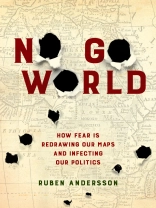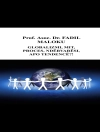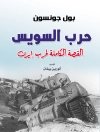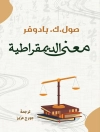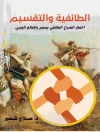War-torn deserts, jihadist killings, trucks weighted down with contraband and migrants—from the Afghan-Pakistan borderlands to the Sahara, images of danger depict a new world disorder on the global margins. With vivid detail, Ruben Andersson traverses this terrain to provide a startling new understanding of what is happening in remote “danger zones.” Instead of buying into apocalyptic visions, Andersson takes aim at how Western states and international organizations conduct military, aid, and border interventions in a dangerously myopic fashion, further disconnecting the world’s rich and poor. Using drones, proxy forces, border reinforcement, and outsourced aid, risk-obsessed powers are helping to remap the world into zones of insecurity and danger. The result is a vision of chaos crashing into fortified borders, with national and global politics riven by fear. Andersson contends that we must reconnect and snap out of this dangerous spiral, which affects us whether we live in Texas or Timbuktu. Only by developing a new cartography of hope can we move beyond the political geography of fear that haunts us.
Daftar Isi
List of Figures
List of Maps
Preface
Introduction: Into the Danger Zone
PART 1: THE STORY OF THE MAP
1. The Timbuktu Syndrome
2. Remoteness Remapped
3. The Tyranny of Distance
Interlude: The Drone, the Web, and the World of Mirrors
PART 2: CONTAGION
4. Wolves at the Door
5. The Snake Merchants
6. Where the Wild Things Are
Conclusion: Danger Unmapped
Acknowledgments
Power of Narration, Narration of Power: An Anthropological Appendix
Notes
Works Cited
Index
Tentang Penulis
Ruben Andersson is an anthropologist and Associate Professor in the Department of International Development, University of Oxford. He is the author of Illegality, Inc.: Clandestine Migration and the Business of Bordering Europe and the winner of the BBC Thinking Allowed Award for Ethnography in 2015.
